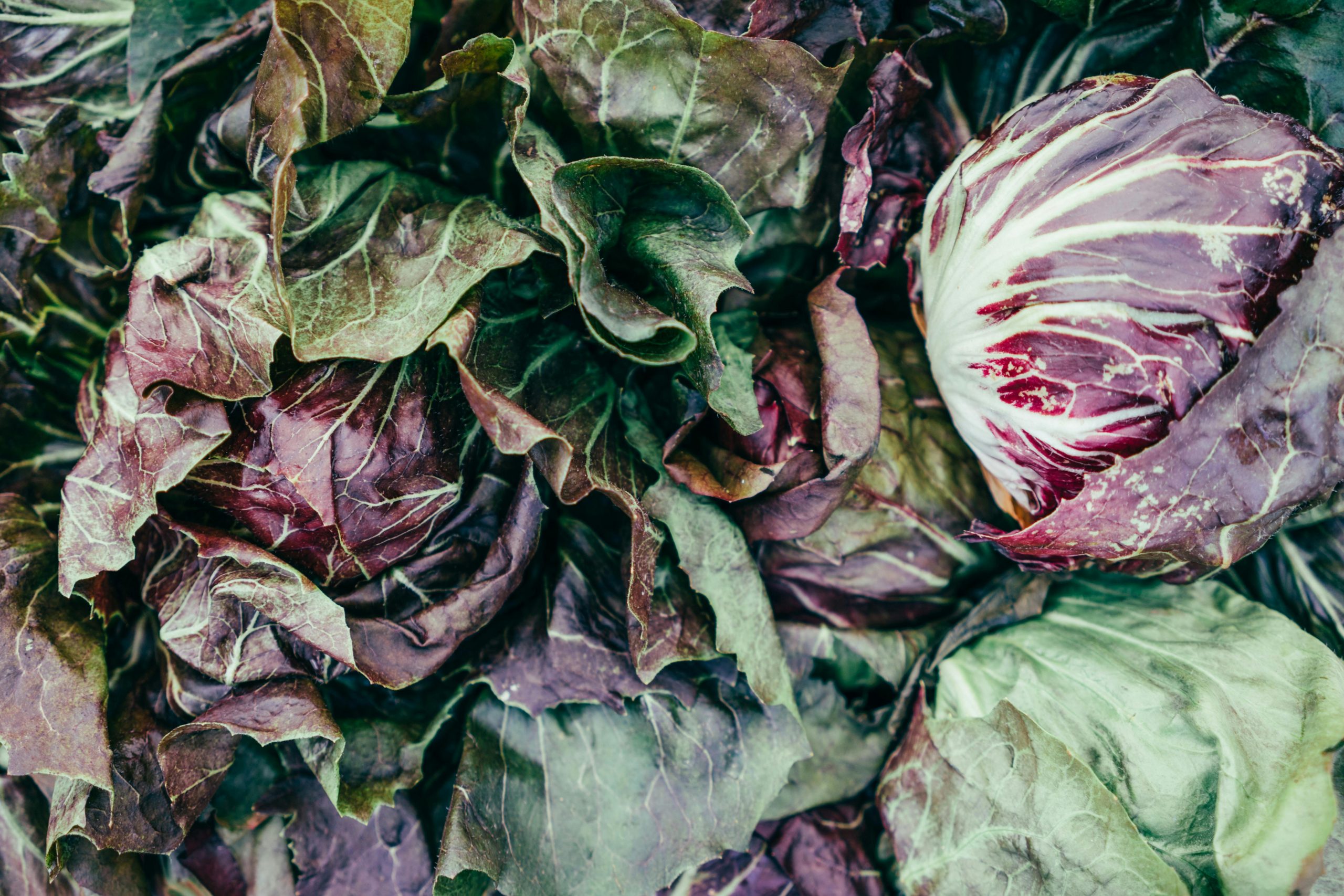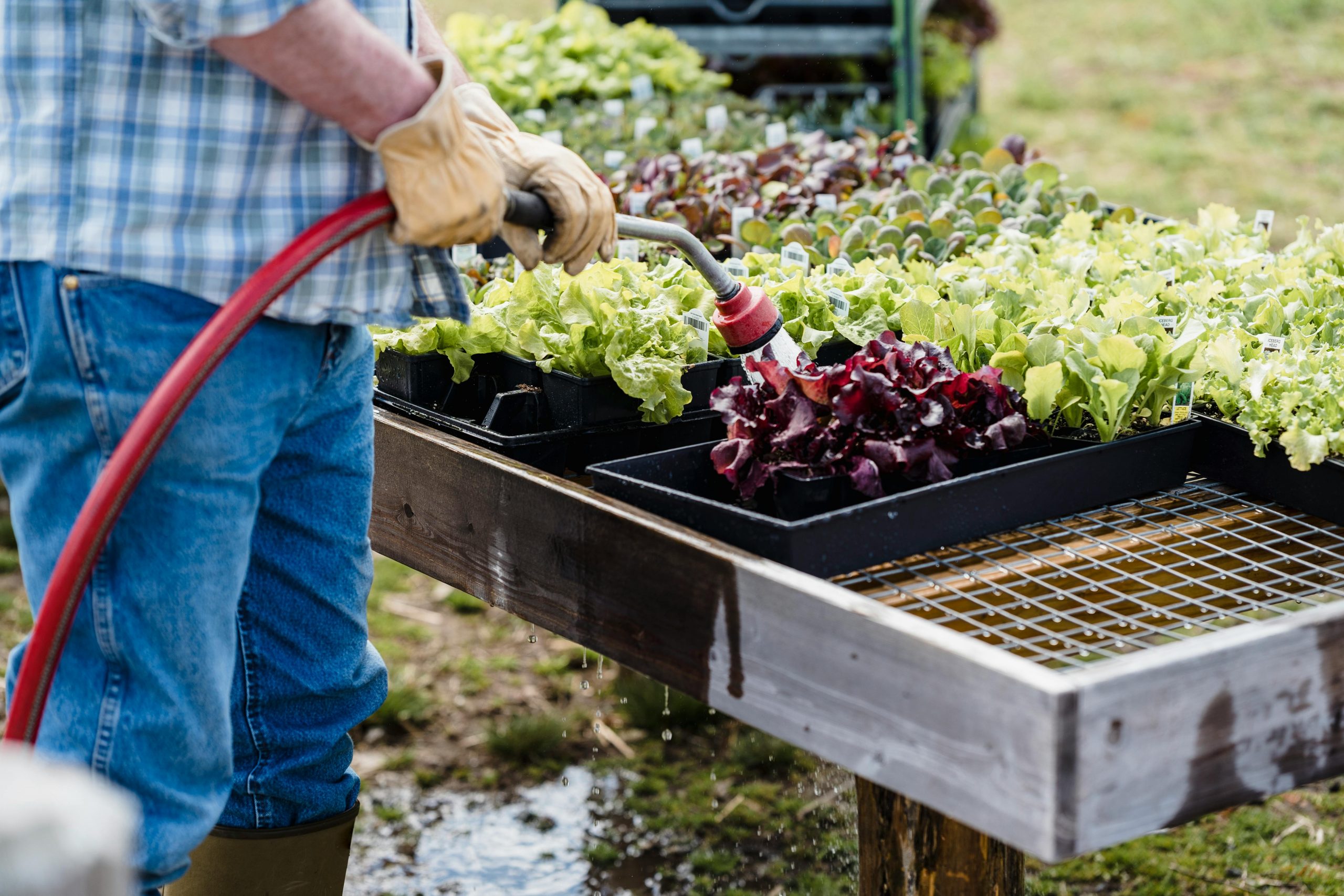
Are you new to backyard gardening and eager to grow your own fresh, crunchy lettuce? Lettuce is one of the easiest and most rewarding vegetables to grow at home. Whether you have a small patch of soil or a container on your balcony, this leafy green is perfect for beginners. In this guide, we’ll walk you through everything you need to know to successfully grow lettuce — from choosing seeds to harvesting your first tasty leaves.
Why Should You Grow Lettuce at Home?
Among easy vegetables to grow, lettuce stands out as an ideal choice for new gardeners. Its fast growth, minimal care needs, and adaptability to various climates make growing lettuce in your backyard a rewarding and simple gardening experience. Plus, nothing beats the freshness and flavor of homegrown lettuce in your salads!
- Fast-growing: Ready to harvest in as little as 30 days.
- Low maintenance: Perfect for beginner gardeners.
- Space-efficient: Thrives in small garden beds or containers.
- Cost-effective: Saves money compared to buying organic greens.
- Nutrient-rich: Fresh lettuce retains more vitamins and minerals.
If you’re just starting your gardening journey, lettuce is an excellent first crop to build your confidence and skills.
What Types of Lettuce Can You Grow?

Before planting, it’s helpful to know the types of lettuce you can choose from. Lettuce comes in several varieties, each with different flavors, textures, and growing needs.
- Leaf Lettuce: Grows loose leaves you can pick as needed. Varieties include ‘Black Seeded Simpson’ and ‘Red Leaf.’
- Romaine (Cos) Lettuce: Has long, sturdy leaves with a crunchy texture, great for salads and sandwiches.
- Butterhead Lettuce: Soft, buttery-textured leaves forming loose heads, like ‘Boston’ and ‘Bibb.’
- Crisphead (Iceberg) Lettuce: Forms tight, dense heads and has a crunchy texture, but takes longer to mature.
For beginners, leaf lettuce is often the easiest and fastest to grow.
When is the Best Time to Plant Lettuce?
Lettuce prefers cooler weather and grows best in spring and fall. It can bolt (go to seed and turn bitter) in hot summer temperatures. Here’s what to keep in mind:
- Spring planting: Sow seeds outdoors 4 to 6 weeks before the last expected frost date.
- Fall planting: Sow seeds about 6 to 8 weeks before the first expected frost for a late-season harvest.
- Indoor start: You can start seeds indoors 6 to 8 weeks before planting outside.
If you live in a mild climate, lettuce can grow almost year-round. But in hot climates, plan for early spring or fall planting to avoid heat stress.
How Do You Prepare Your Garden Bed for Lettuce?
Healthy soil is key to growing lush, tasty lettuce. Follow these simple steps to prepare your garden bed:
- Choose a sunny spot: Lettuce needs at least 6 hours of sunlight daily but tolerates partial shade.
- Loosen the soil: Use a garden fork or tiller to break up soil to about 8–12 inches deep.
- Amend with organic matter: Mix in compost or well-rotted manure to improve soil fertility and drainage.
- Check soil pH: Lettuce prefers a pH between 6.0 and 7.0. You can buy inexpensive soil test kits online or at garden centers.
- Level the bed: Rake the soil smooth to create an even surface for planting.
How to Grow Lettuce in Containers
Lettuce is ideal for container gardening, making it perfect if you lack a traditional garden space. Here’s what you need:
- Choose a container: A pot at least 6–8 inches deep with drainage holes.
- Use quality potting mix: Avoid garden soil in containers to prevent compaction and pests.
- Water regularly: Containers dry out faster than garden beds, so keep the soil consistently moist but not soggy.
- Space plants correctly: For leaf lettuce, plant seeds or seedlings 4 to 6 inches apart. For head lettuce, leave about 8 to 12 inches between plants.
Container gardening lets you move your lettuce to shaded spots on hot days and keeps pests more manageable.
How to Plant Lettuce Seeds for Best Results
Planting lettuce seeds correctly helps ensure a bountiful harvest. Follow these steps:
- Sow seeds shallowly: Plant seeds about 1/4 inch deep.
- Space seeds: Scatter seeds lightly, then thin to the recommended spacing once seedlings appear.
- Keep soil moist: Water gently to avoid washing away seeds.
- Provide consistent moisture: Lettuce has shallow roots and dries out quickly.
- Use row covers: If slugs or birds are an issue, cover your seedbed with lightweight fabric.
Tip: You can also start lettuce indoors in seed trays 3 to 4 weeks before outdoor planting and transplant seedlings when they have 3–4 true leaves.
How Do You Care for Lettuce as it Grows?

Lettuce is relatively low-maintenance, but regular care helps produce the best crop:
- Water consistently: Aim for about 1 inch of water per week, more in containers or hot weather.
- Mulch around plants: Mulching with straw or shredded leaves helps retain moisture and suppress weeds.
- Thin seedlings: Remove weaker seedlings to give stronger plants enough space to grow.
- Fertilize lightly: Use a balanced, water-soluble fertilizer every 3–4 weeks or enrich soil with compost tea.
- Watch for pests: Common pests include aphids, slugs, and snails. Use natural deterrents like neem oil or handpick pests.
When and How Do You Harvest Lettuce?
Knowing when to harvest is key to enjoying crisp, sweet lettuce:
- Leaf lettuce: You can start harvesting leaves once they’re about 3 inches long. Pick outer leaves first, allowing inner leaves to keep growing.
- Head lettuce: Harvest whole heads when they feel firm and full.
- Harvest in the morning: Leaves are freshest and crispest early in the day.
- Avoid bolting: If your lettuce starts to send up a flower stalk, harvest immediately as leaves will become bitter.
Regular harvesting encourages new growth, especially with leaf varieties.
What Are Common Challenges New Gardeners Face When Growing Lettuce?
Even though lettuce is beginner-friendly, you might run into a few common issues:
- Bolting: Caused by hot temperatures or long daylight, leading to bitter leaves.
- Pests: Aphids and slugs love lettuce. Use organic pest control methods.
- Too much water: Can cause root rot. Keep soil moist but well-drained.
- Too little water: Leads to tough, bitter leaves.
Keep an eye on your plants and adjust care as needed to keep your lettuce healthy and productive.
Wrapping Up
Starting a backyard garden with lettuce is a great way to ease into the world of home gardening. With patience and consistent care, growing your own fresh, nutritious lettuce is entirely achievable—even for beginners. Whether you have ample garden space or just a balcony pot, the satisfaction of harvesting your own greens and enjoying their superior taste makes the effort worthwhile. As you gain confidence with lettuce, you’ll be well-equipped to expand your garden with other vegetables and deepen your connection to growing your own food.

